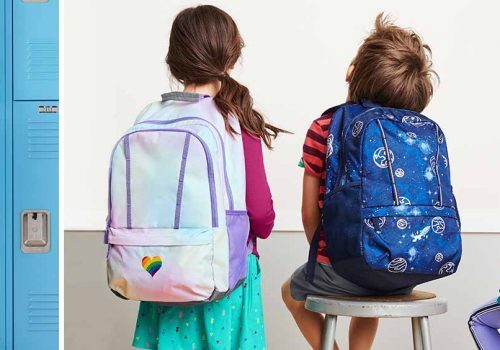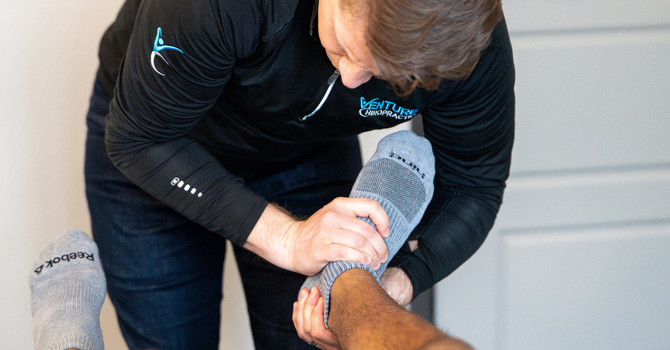
As kids are back to school and backpacks start to become heavy and full, it is important to keep a few things in mind! Read below 10 helpful tips for backpack ergonomics.
1. Choose a Wide Shouldered Backpack
By using a wide shouldered backpack, kids are distributing more weight over more surface area of their shoulders. This reduces pressure on one part of the shoulder verses the small area when using a narrow strap backpack. A narrow strap can cause stress on nerves or decrease proper circulation, leading to tingling or numb feeling in the arms and hands.
2. Wear Both Straps!
This one relates to the topic above as well. By using both straps it is distributing more weight equally across the shoulders.
3. Positioning
Children tend to wear their backpacks too low. This puts a large amount of stress on their shoulders and low back. The ideal position is to have it slightly below the shoulders and above the hips.
4. Chest & Waist Belts
When purchasing a backpack it is not a bad idea to find one that has chest straps, waist straps, or both! By using a chest strap it takes pressure off of the shoulders and distributes it more over the upper body, while a waist strap takes some pressure off of the shoulder and puts it on the hips or waist area. A waist strap can reduce pressure on the shoulders and spine by 50-70%.
5. Lighten the Load
As homework builds up and backpacks become full, it can become too heavy for your child’s back to carry safely. A study was done that found children with wheeled backpacks should not have them heavier than 20% of their total body weight, and carrying backpacks should not exceed 10% of their body weight.
6. Backpack Clean Out
It’s always a good idea to have kids clean out their backpack every couple weeks and get rid of the items they are no longer needing or using. As old assignments build up or unused textbooks collect, it can produce unnecessary heaviness in their backpacks.
7. Pockets & Compartments
Backpacks with pockets or compartments help kids keep items organized and also help to distribute the weight of the backpack better. It is a good guideline to keep textbooks or laptops in the back middle compartments, and spread out some of the other objects and supplies in other pockets.
8. Self Standing Backpack
Backpacks that are able to stand upright by themselves give a little more support to kids’ backs as well. They also are easier to pick up from the ground if they are already upright, causing less strain on the back.
9. Lift With Your Legs, Not Your Back!
Just like us as adults, we hear “Lift with your legs, not your back.” The same goes for kids and their heavy backpacks. It is important we have kids use their legs when picking up their backpacks. If the backpacks are very heavy, it’s a good idea to have the bag on a table or chair before putting it on their back to reduce the load when bending over.
10. Rest the Back
The longer a child wears a backpack the higher the risk of injury leading to back pain. According to a study by the U.S. Consumer Product Safety Commission, “More than 14,000 children are treated for backpack-related injuries each year.” It is important to inform kids that if they have to wait with their backpacks on for more than 10 minutes (like for the school bus) to have them take them off while they wait.
Backpacks are necessary to help kids keep their school items organized and for them to be able to bring things to and from school easily. Since these are a necessity for kids, it is important we help them use them in the right way to keep their body safe and well!


